The 75-minute meeting of student media leaders followed months of restructuring to enhance greater collaboration between the Marquette Tribune, Marquette Journal, MUTV, WMUR and interactive and advertising branches. It’s also ushering in a digital-first mindset aimed at better matching the realities expected of professional journalists.
For decades the student newspaper, magazine, television and radio staffs have operated separately. However, a newly created group of executive editors will coordinate newsgathering and opinion as well as integrate reporters, photographers and copy editors. Caughey will lead the operation tentatively named NewsCenter as general manager.
Not everyone welcomed the changes approved by the university’s student media board. Indeed, the Tribune’s final editorial of the year warned they would keep journalism students from becoming specialists. The criticisms were muted, however, as those at the meeting foretold awaiting opportunities and challenges. The opportunities include expanding skill sets and coverage of the university and students; learning to decide which medium – print, broadcast or online – is best to cover a story; greater presence for blogs and opinion, and more resources for breaking news. The challenges include communicating, coordinating, ensuring quality amid change and adapting to learning curves.
All eyes were glued to Greg Borowski as the board’s alumni representative encouraged the leaders. Borowski, an assistant managing editor at the Milwaukee Journal Sentinel, noted that his and other newsrooms nationally had already gone through such changes and urged the students to be patient with each other, collaborate, keep an open mind and trust the process, share successes and learn from their mistakes. “I'm not all that nervous about it,” he said. “All the challenges that you listed can be anticipated and can be resolved.”
For me, as my few months as interim student publications advisor draws to an end, it was the best 75 minutes since returning to my alma mater as a journalism faculty member seven semesters ago.
Really well done here by the @mutribune folks: http://t.co/xZba3Ls7rw #proudalum
— Michael LoCicero (@michaellocicero) May 2, 2013
My reflection on the year as managing editor of the @mutribune: http://t.co/39RtPL1Jaf
— Maria Tsikalas (@MariaCynthia13) May 3, 2013
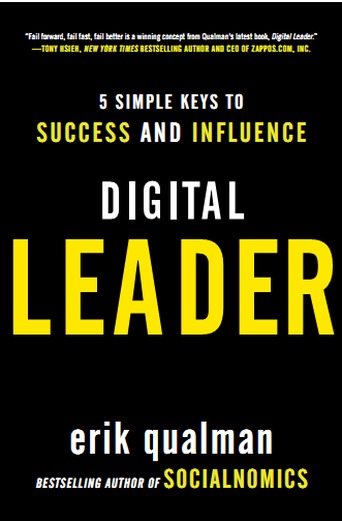
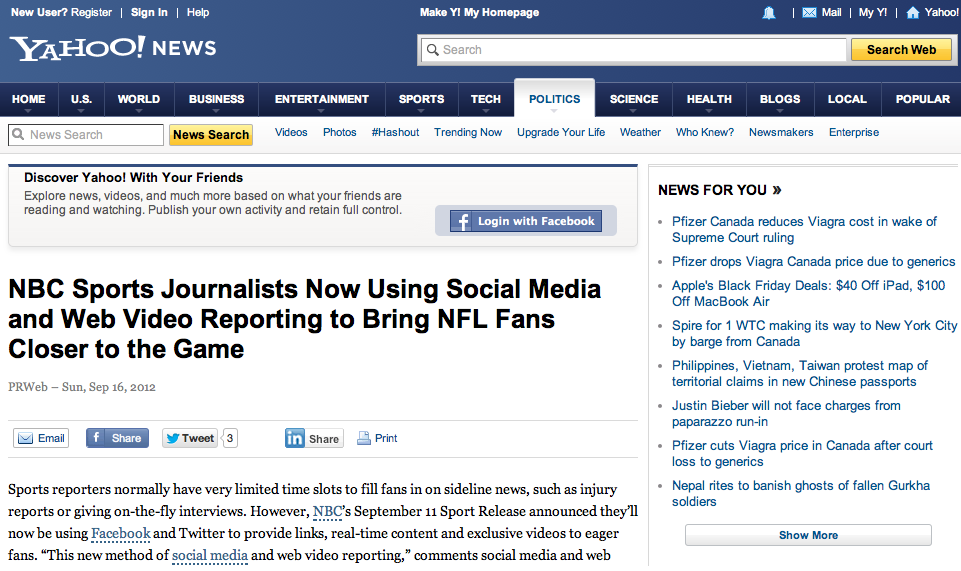
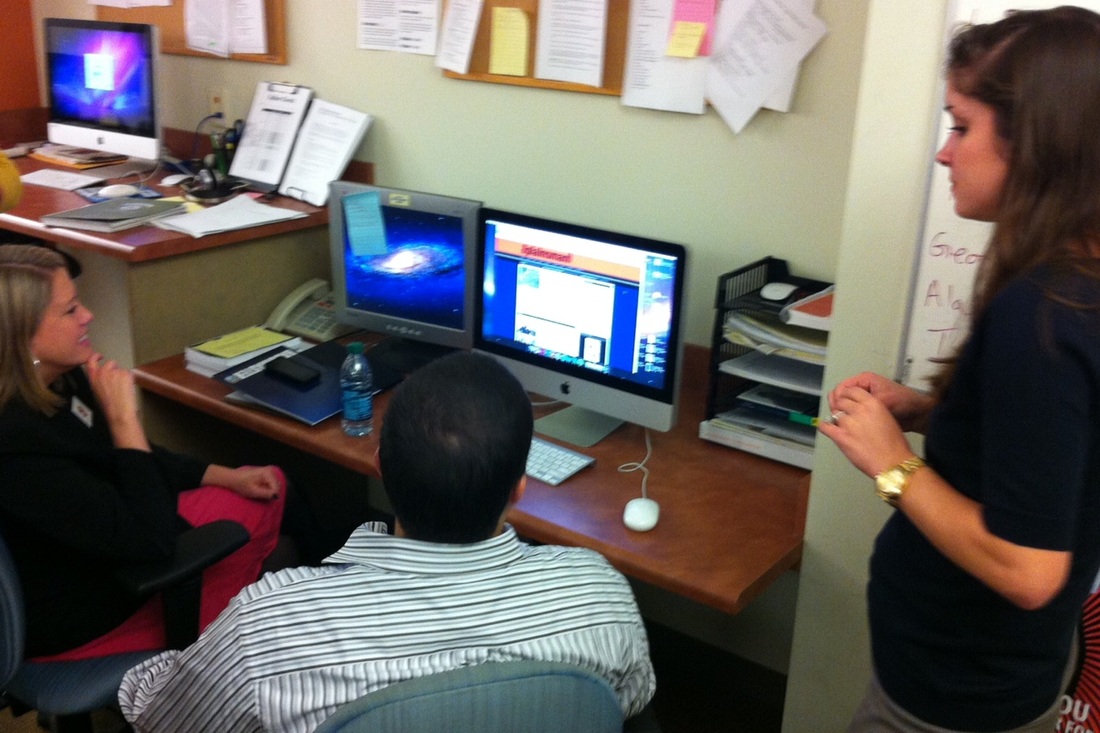
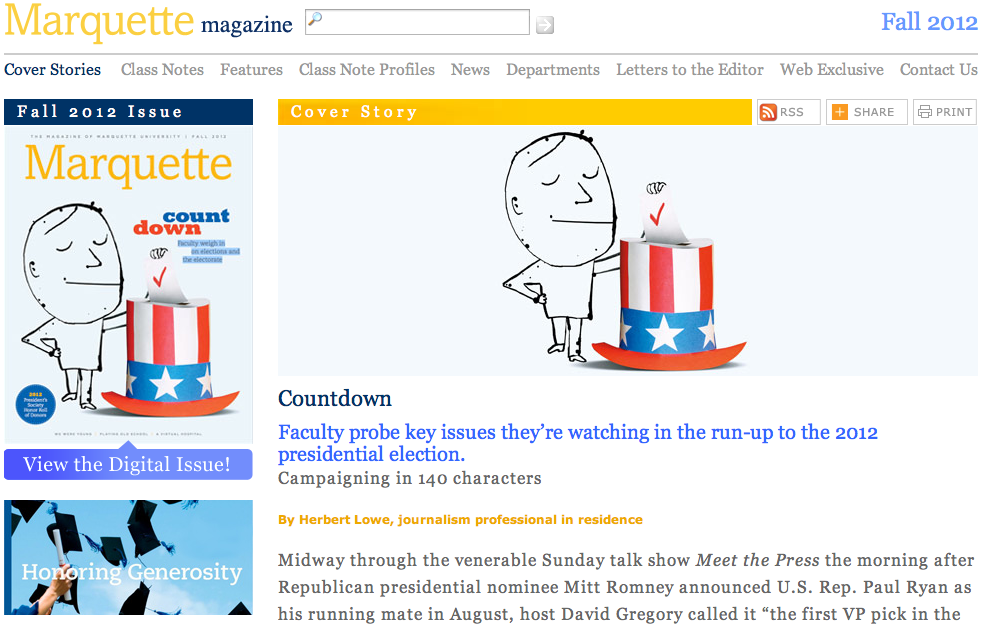
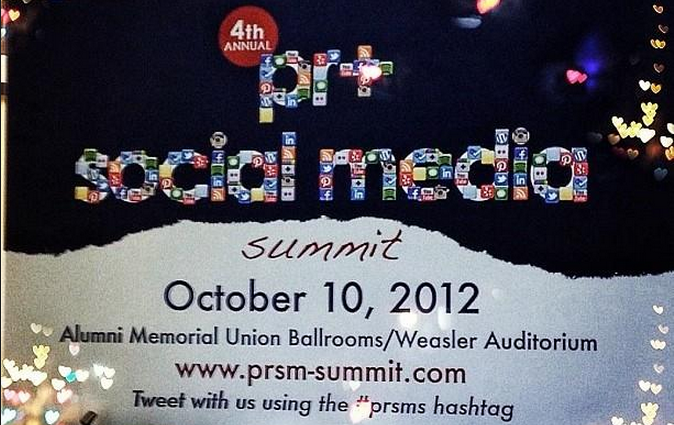
 RSS Feed
RSS Feed
